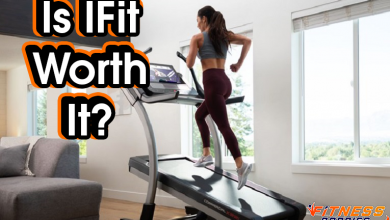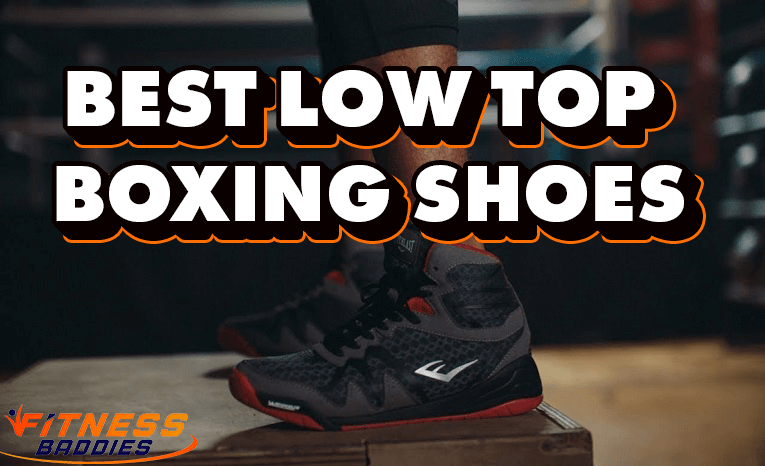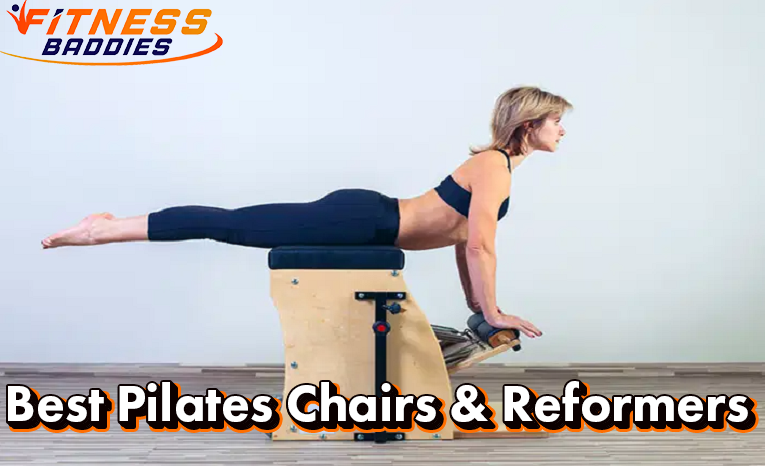How to Build Bigger Quads

Many people want to build bigger quads and for valid reasons. The quadriceps or quads are one of the largest muscle groups. The quads are located on the front of the thigh and are composed of four muscles (rectus femoris, vastus lateralis, vastus medialis, and vastus intermedius).
Reasons to Develop Bigger Quads

There are numerous benefits associated with monster quad mass.
Lower Body Health & Athleticism
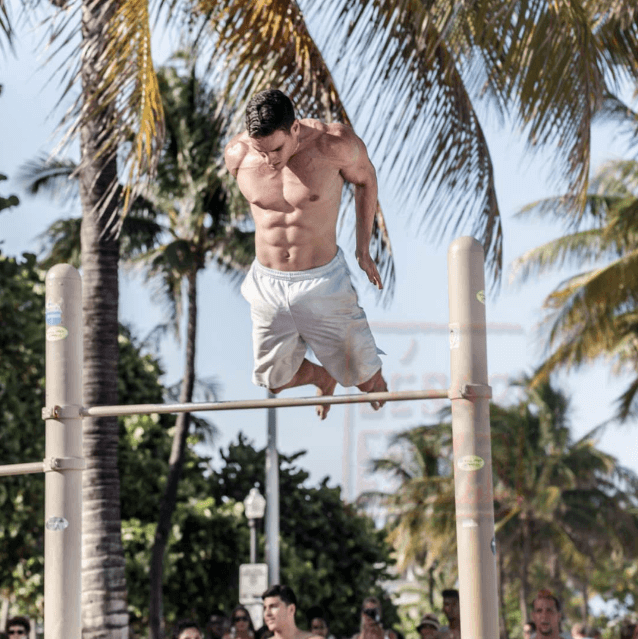
The quadriceps are knee extensors and hip flexors that help with hip joint mobility. They, also, help to stabilize the patella and knee joint and build a well developed lower body. Developing your quad muscles is advantageous for most quad dominant, as well as daily activities (walking, running, etc.) as well as for athletic movements (jumping, squatting, etc.) as well as for both calisthenics and weights workouts.
Hormone Balance & Health
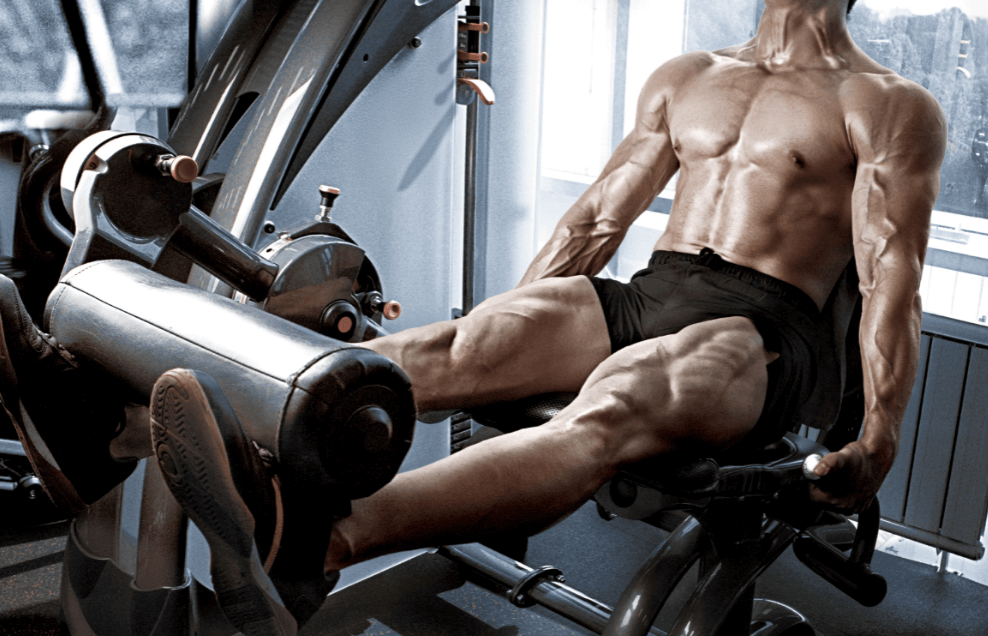
As you learned, the quads are a big muscle group and, even beyond quad training for bigger legs, building muscle has positive effects on hormonal responses. Some of the hormones positively influenced by weight training and muscle building are growth hormone and testosterone.
Testosterone is another hormone produced in your body that plays a key role in men’s health. Testosterone helps increase muscle mass, fat loss, energy, and strength – If some of your muscles like the triceps are not growing, and you have been fighting to get rid of belly fat, there’s a good chance a ramp up of your T levels could help.
It’s involved in libido, sexual performance, bone mineral density, cognition, and moods as well as in cardiovascular health since it helps red blood cell production.
But testosterone is not only essential for males. It is involved in female health even though males produce 20 times more testosterone than females. Exercises that work big muscle groups, like leg exercises, and compound moves, such as doing squats everyday and deadlifts, help elevate your T-levels.
Burn More Calories

Working big muscles like the quads with exercise requires a lot of energy, increasing metabolism and burning body fat not only in the lower body area, but pretty much the entire body. By building more muscle, you burn more calories.
Aesthetics
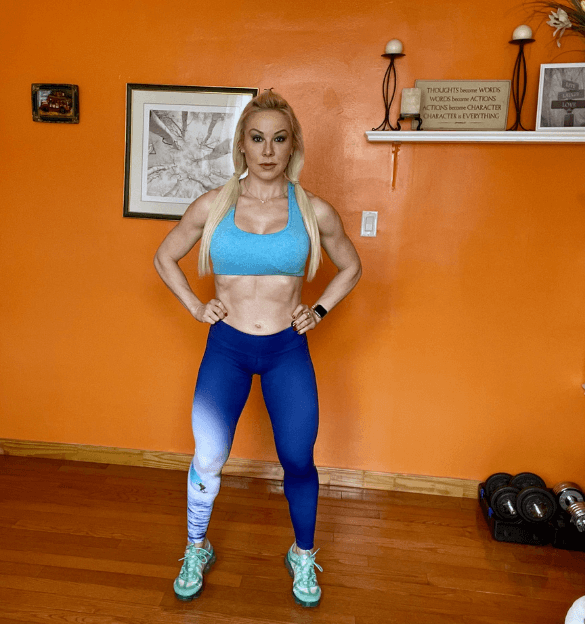
Well-developed quads give your legs great shape. But they are not only for lower-body aesthetics, working out your legs helps build a more proportionate body.
Many males work on their upper body (often going as hard as working the shoulders and chest on the same day – which isn’t very advisable by the way) regularly but neglect their lower body, giving them a “chicken-leg” look. This is not only aesthetically unpleasant but can create imbalances in the body.
Less Injuries
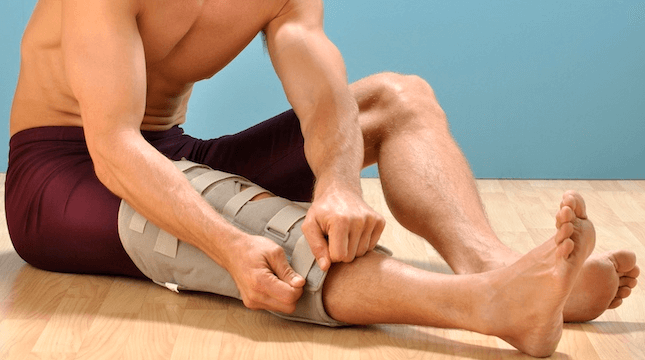
Keeping your legs strong, not only keeps your legs healthy but your body as a whole. Poorly conditioned leg muscles can lead to tight muscles and joints, muscle imbalances, lack of mobility, poor stability, low back pain, and injuries.
Techniques to Build Bigger Quads
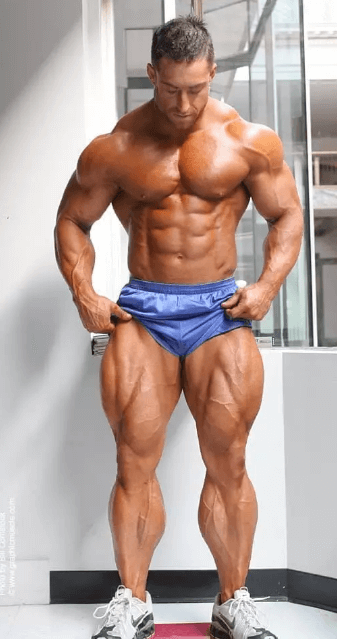
There are different techniques that can help you gain more muscle growth, develop big quads and build better upper leg strength in the long term. For bigger gains, apply diversity to your routine by using the following techniques at different times.
Do Quad-Specific Movements
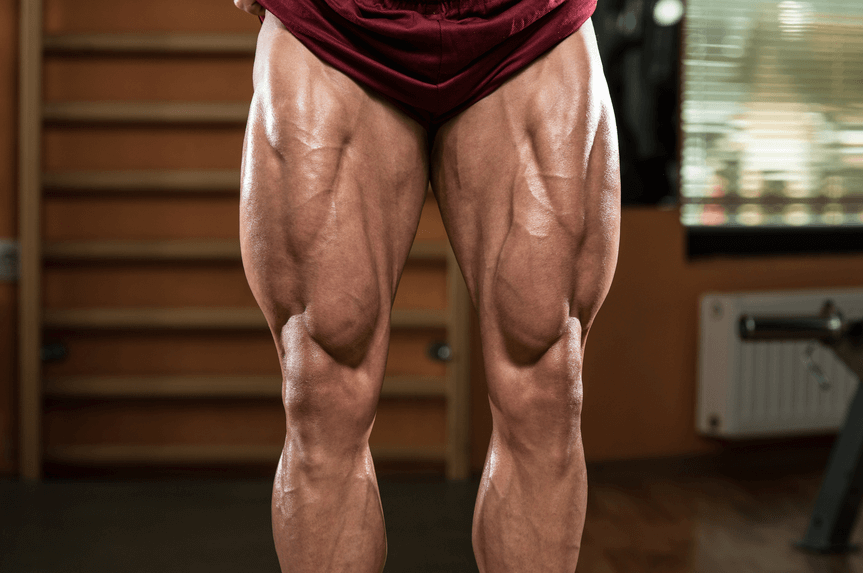
Besides doing squats variations like the barbell squat, sissy squat, back squat, full squat, incorporate exercises that isolate your quads. Isolation exercises allow you to focus all your energy on quad contraction.
Interchange Your Foot Placement
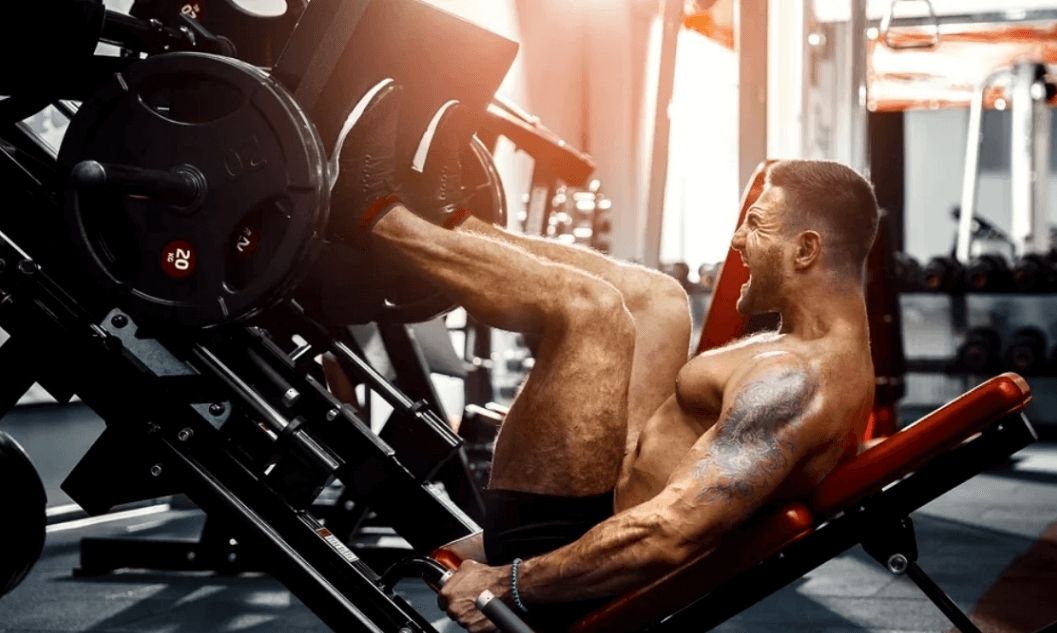
You can shift your foot placement by positioning your feet shoulder width apart, or closer together in a narrow stance during certain exercises or by placing your feet lower on the platform during other exercises.
For instance, you can position your feet hip-width apart, preferably closer during squats and position your feet lower on the platform during leg press or machine-hack squats.
Avoid Just Lifting Heavy
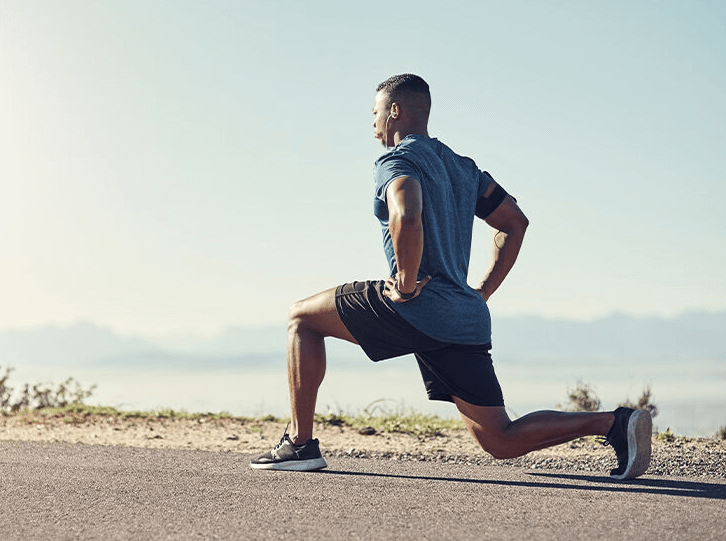
Some studies have found that moderate load training is better for quad hypertrophy than merely heavy lifting.
Conversely, heavy load training is superior for maximal strength goals, which is the case for building core strength and other areas too.
Only doing heavy weights with low rep ranges can, also, increase your risk of injury – and this can’t be more true especially during youth weight lifting training, but the same goes for beginner lifters. Do yourself a favor and measure your fitness level before going all out with heavier weights.
But for those with bad knees (could be knee pain on your right knee, or the left knee or both legs) the best you can do is avoid more weight and maintain high rep count instead. But whatever you do, steer clear of the heaviest sets. Sticking to less weight with high rep count and training for longer is better than shooting to add weight only to compromise your knee health on day one, isn’t it?
And yes, a few warm up sets always make for a great way to get your knees to anticipate some action.
Alternate Repetition Scheme & Surpass Failure
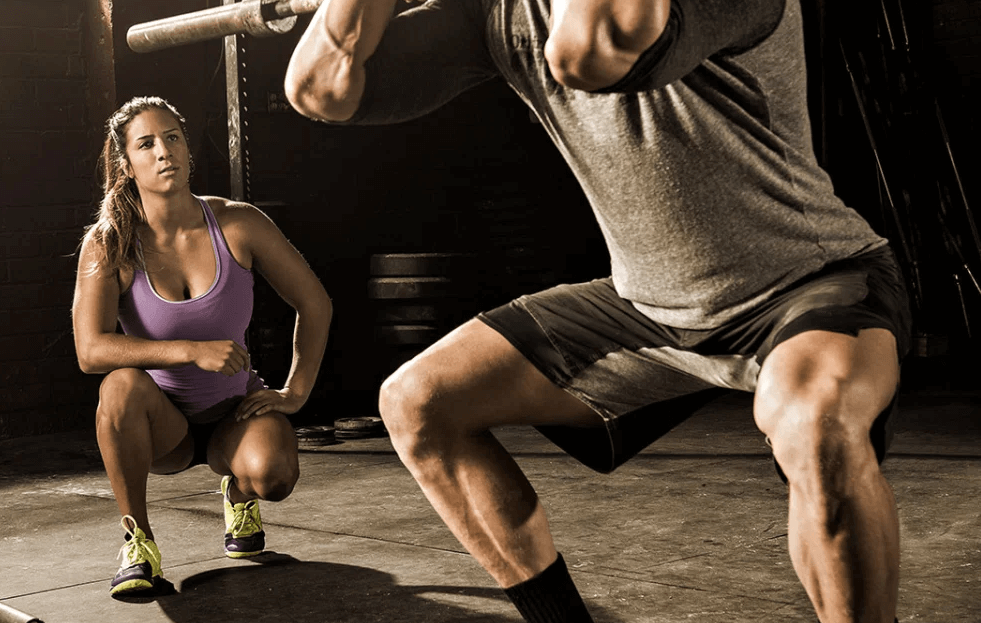
Do lighter weight and high reps as well as heavier weight and low-reps. Additionally, train beyond failure – beyond the point at which you can’t do any more reps with good form.
Having a spotter helps though, since you don’t wanna hang on and injure yourself, drop such heavy weight and risk injury or even risk ending up with a bent barbell.
Forced Reps: This requires someone to assist you while you lift the weight after you reach muscle failure. That person helps you move the weight so you can get more reps in.
Drop sets: Here you drop the weight after a few heavy sets to continue the set. After you reach failure, you immediately reduce the weight by 20% – 30% to continue repping. This technique works well with leg extensions and later on in your workout.
Supersets: Supersetting entails that you perform two exercises back-to-back with no rest between those movements.
Change the Range of Motion
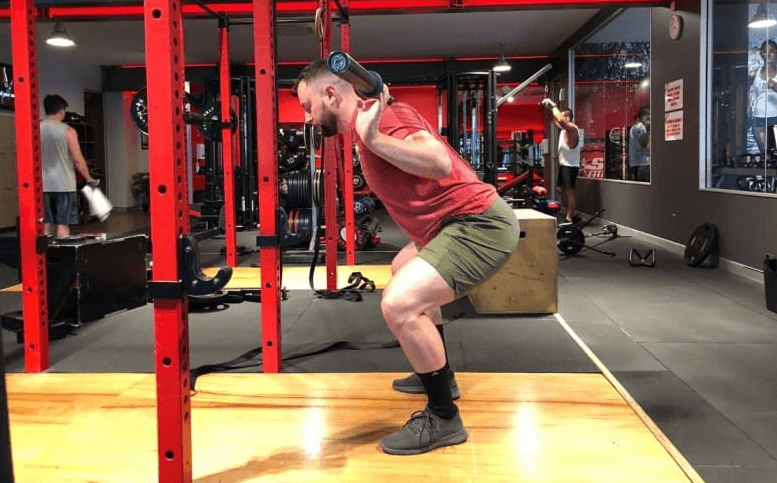
When you alter the range of your movement during your exercises, you recruit and stimulate diverse muscle fibers. You can do so by incorporating partial reps and combine them with full reps.
Partial Reps (also called half reps): Exercise repetitions that are completed using a shortened range of motion (ROM). Instead of going through the full range of motion of an exercise (full extension and flexion to the joint’s ability), you stop a quarter, half, or three-quarters of the full rep.
So instead of going parallel to the floor or beyond during your squat, you don’t go as deep and stay shallower. Doing partial reps during squatting emphasizes your quads more.
Pre-exhaust Your Quads
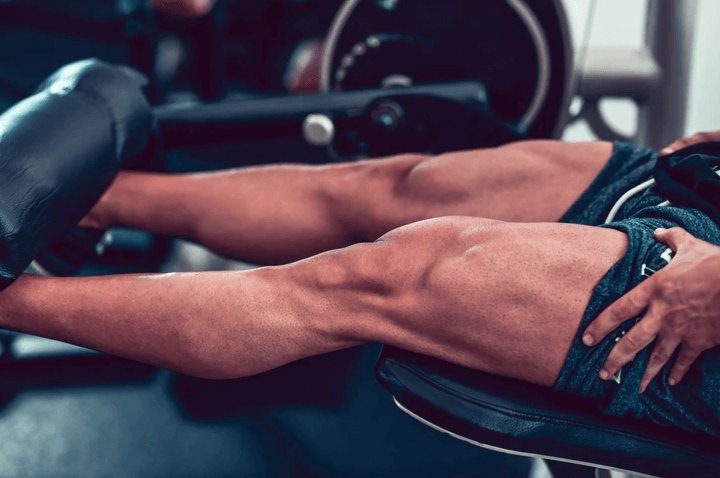
Instead of doing isolation exercises at the end of your leg day workout or after doing compound exercises, you start your workout with quad-specific exercises.
This reversal allows you to take your quadriceps to complete muscle failure. You feel your quads more as you squat when you do them after your isolation exercises.
Then, if your legs start to give out is because of your quads, mostly the quadriceps femoris – not your hamstrings or glutes. This technique works great with leg extensions.
Train When You Are Fully Rested
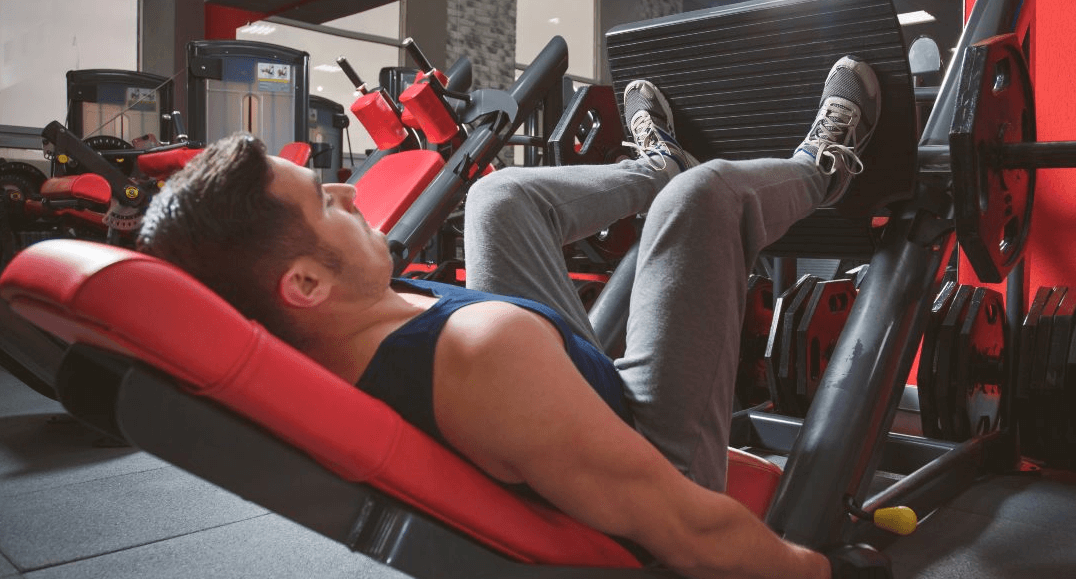
Working out the muscle that you want to grow after your rest day is highly effective. This allows you to train when your muscle glycogen stores are full and you are more energized.
Do Cardio the Right Way
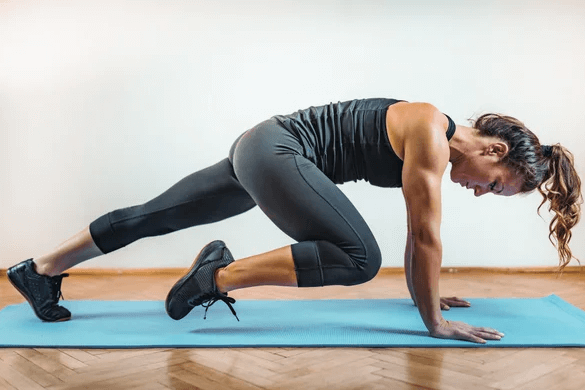
Avoid long cardio workout sessions as they can create a catabolic state and break down muscle. Instead, you can improve your cardiovascular level, stay lean and maintain muscle with high-intensity interval training (HIIT) and/or circuit training.
Circuit training involves doing 8-10 exercises one after another. After completing one exercise or station, instead of resting, you move quickly to the next station. Each exercise lasts anywhere from 30 seconds to 3 minutes.
You complete your circuit when you are done with all the exercises. You can jump on your cardio machine – you can easily find a cheap cardio machine these days.
Also, do different cardio exercises (jogging in place, stationary cycling on one of those foldable exercise bikes with backrest, rowing, running on a treadmill, etc.), as well as strength training in a circuit training fashion.
Done right, cardio opens up your lungs, allowing you to take deep breath after another and flood your muscles with the much-needed oxygen when doing compound work.
Eat More
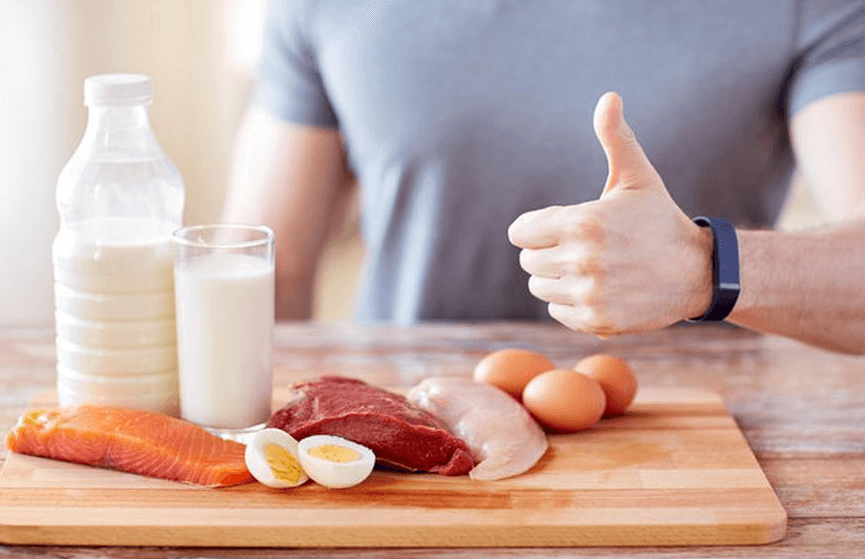
If your goal is hypertrophy, you should increase your caloric load. You should eat more protein, which helps build muscle. You can also supplement your protein intake from meal rep shakes like Kachava or protein shakes. I took 2 protein shakes a day for a month and loved the results.
Also, don’t be afraid of eating carbohydrates – the right carbs supply your muscles with glycogen, help repair your muscles and recover, and allow you to perform at a high level.
If you want to add mass, eat 60% carbs, 30% protein, and 10% fats (60/30/10). But if you want to stay leaner, have a diet eating 40% carbs, 30% protein, and 30% fats.
Exercises to Build Bigger Quads
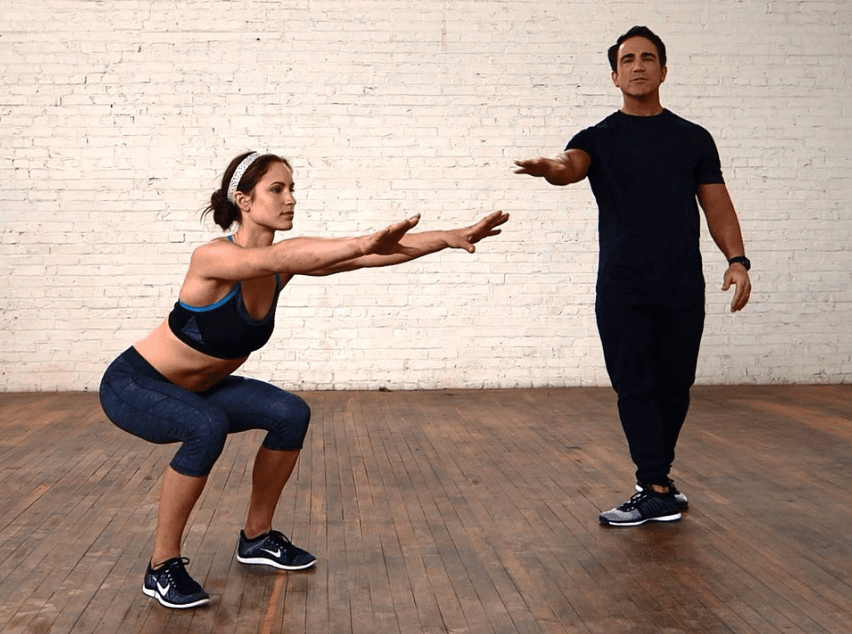
As you learned, quad development requires volume and a lot of time under tension. The following are some exercises and techniques that can help you build big quads.
You can use a stationary bike or an elliptical if you are a beginner, or one of those exercise bikes with back support if you’re a senior or have an injury and can’t perform some of the exercises we mention.
Squats
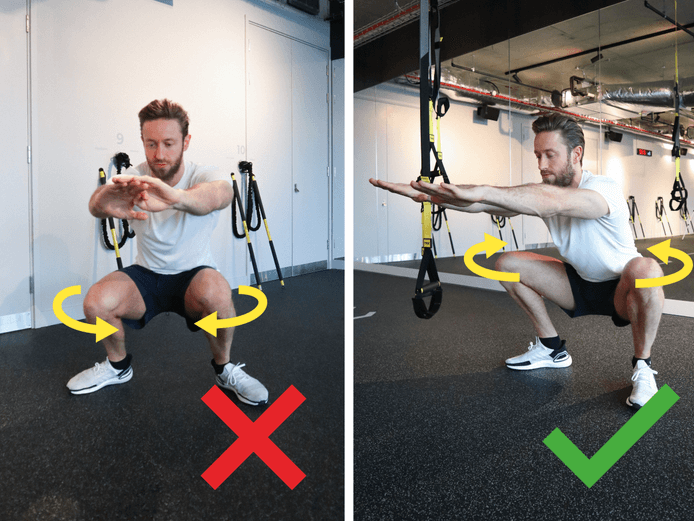
The first exercise we’re going to look at is the squats, which, when done with the right foot placement and perfect overall form, packs a truckload of benefits.
One of the outstanding squat benefits is that it’s a great functional, and strength-building compound exercise. However, since the regular squat involves numerous muscles and doesn’t just target the quads is not the best quad-building exercise.
Sometimes most people must stop a set of squats prematurely because the lower back, hamstring, or lungs give out before the quads do.
The following are some of the best ways to do squats to enhance quad activation:
- When doing squats, try pausing for three seconds at the bottom of every squat for the first half of the set and follow the set with a unilateral exercise like lunges.
- Allow your knees to travel a bit over your toes.
- Squat with Olympic lifting shoes or with plates underneath your heels.
- Perform more front squats. In the front squat, the barbell is placed across the front side of your shoulders – close to your neck – instead of your upper back. The grip is the same as that of the clean exercise with your fingertips under the bar or just outside of your shoulders. The front squat switches the center of gravity forward, working your quads more than your glutes and allowing a more upright posture.
- If you have difficulty executing the front squat, try Frankenstein squats. During the Frankenstein squat, the bar rests on the shoulders, not held up by your hands. Your arms are outstretched straight ahead and slightly elevated to keep the bar from rolling forward. This hand-free front squat allows you to work on keeping your torso vertical and implement the proper movement dynamic without having to be concerned about hand placement or wrist mobility.
Leg Presses
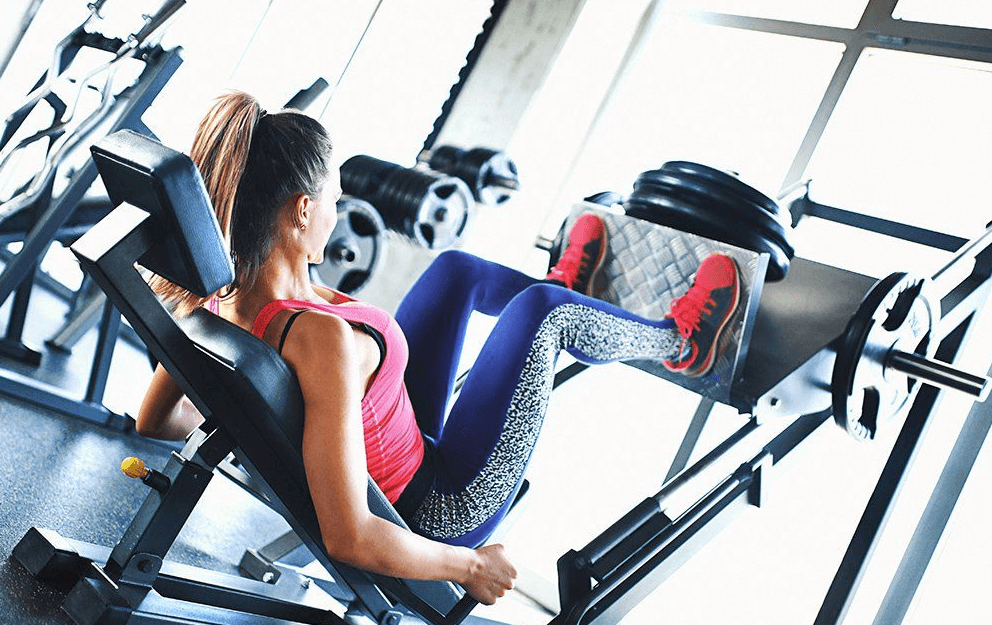
The leg press is a wonderful peak contraction exercise to grow your quads because it is a quad dominant workout that isolates them more. If you must stop a set of leg press is because your quads give out, not any other muscle group.
This is a much safer exercise to do to failure since you are already sitting down, and you can’t fall or lose balance. At the very end of a set, you can even assist with your hands on your knees to push to exhaustion and get some extra reps in.
The following are some ways to do leg press workout for massive quads:
- An effective way to perform leg presses is to do the eccentric part (lowering the weight) of the exercise in a slower and controlled manner.
- You can also do leg presses to failure. Start by using 45 lbs. at each side for 10 reps. Keep adding 25-lb-plates or 45-lb-plates at each side until you can’t complete 10 repetitions. Then, proceed to remove a set of plates and do as many reps as you can with the weight on the platform. Rest 10 seconds and remove another set of plates and rep out to failure again. Keep removing plates and repping, with minimal rest, until you have no more plates on the leg press machine.
- Another way of burning your quads is by doing leg presses for 20 to 25 reps while maintaining constant tension – without locking at the top – for two or three sets. Then, you perform a heavy set for 8 to 12 reps.
- Alternatively, you can avoid counting reps and just do reps for two minutes straight.
- You can, also, activate the quads more with low foot placement – by positioning your feet lower on the sled and allow your knee to pass forward over your toes. In this manner, your knee extensors (the quads) must work harder to extend your leg than they would with a high foot placement.
- Position your feet closer than hips-apart to target the outer quads to a greater degree and a wider stance to work the inner thigh.
- Press mainly through your toes rather than your heels to highly stimulate the quads as well.
Bulgarian Split Squats
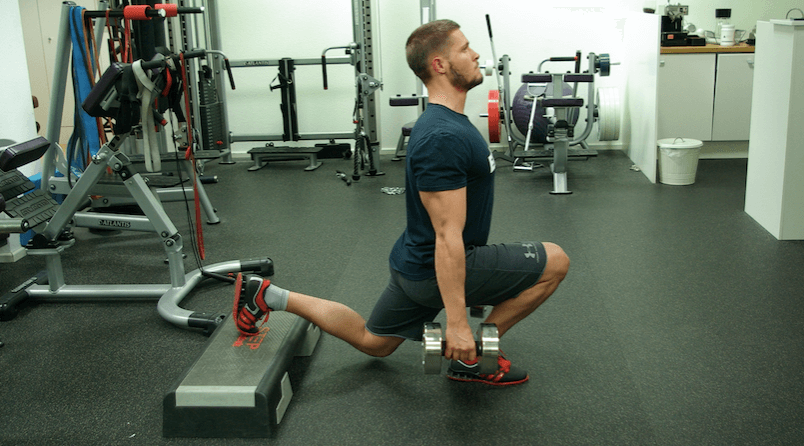
The Bulgarian split squat is a single-leg unilateral split squat variation where the back leg is elevated on a bench or step. Using one leg at a time when doing the bulgarian split squat keeps the quads, especially on the front foot, under constant tension.
Make sure to lower your lower leg until your back knee almost touches the floor for max tension.
- Perform the set for at least 30 seconds for max quad growth and to help your legs grow. Do this exercise after doing leg presses, hack squats, or squats.
Lunges
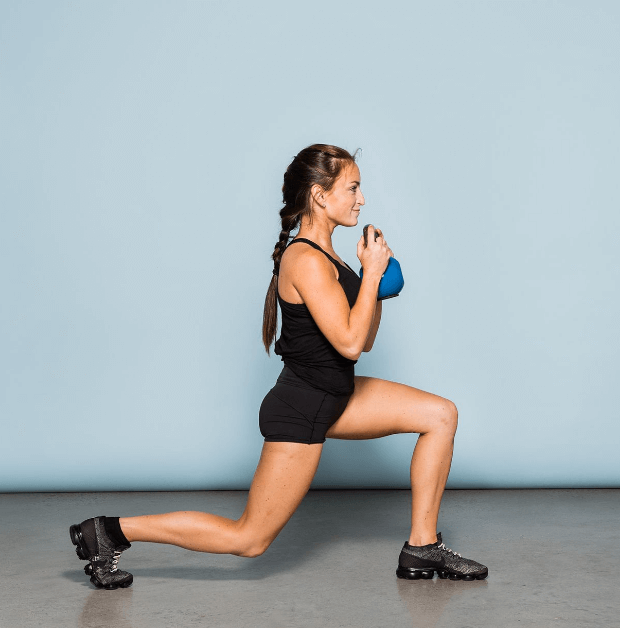
The lunge is done in almost the same way as the exercise above. Lunges make for yet another of those single leg / unilateral quad exercises that are great for the legs. Don’t forget, girls, if done right (a good rule is to slowly lower your body while keeping your torso upright) and with knowledge of how many lunges to do in a day you can achieve great results in your hip flexion and most growth in hip size too.
- Superset your squats or leg presses with walking lunges. In order to activate the quads more, you can do short-strides instead of long-strides (those where you take a long step forward with the front foot) while doing walking lunges. Aim to perform around 20 reps of lunges to get bigger quads.
Machine Hack Squats
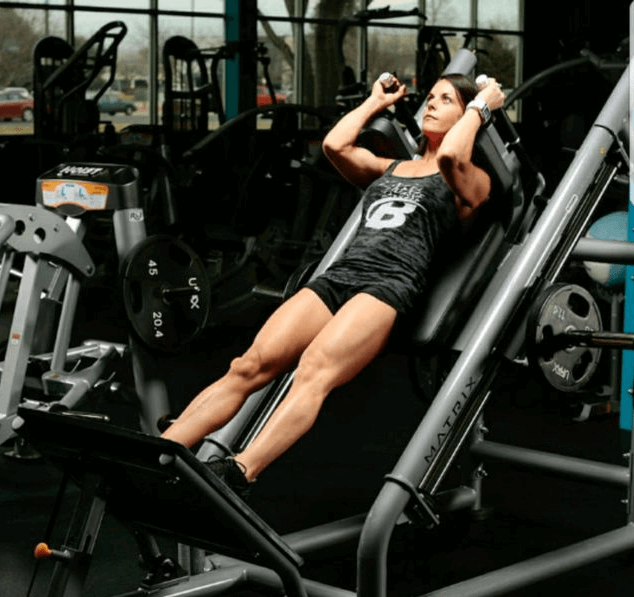
The machine hack squat is great for recruiting the quadriceps muscles while providing stability. Obviously you are gonna need a hack squat machine to do this exercise.
- Place your feet low on the hack squat machine platform to increase the degree of knee extension & flexion and target your quads more. However, avoid this technique if you have knee pain or problems as it increases stress on the knee joint.
- Perform sets of 8-10 reps on the hack squat. You can combine full-range reps with partial squats.The partial squats target your quads more than your glutes or hamstrings. You can, also, lift about 30 percent more than with full-range reps. Perform heavy sets of 6 reps.
Leg Extensions
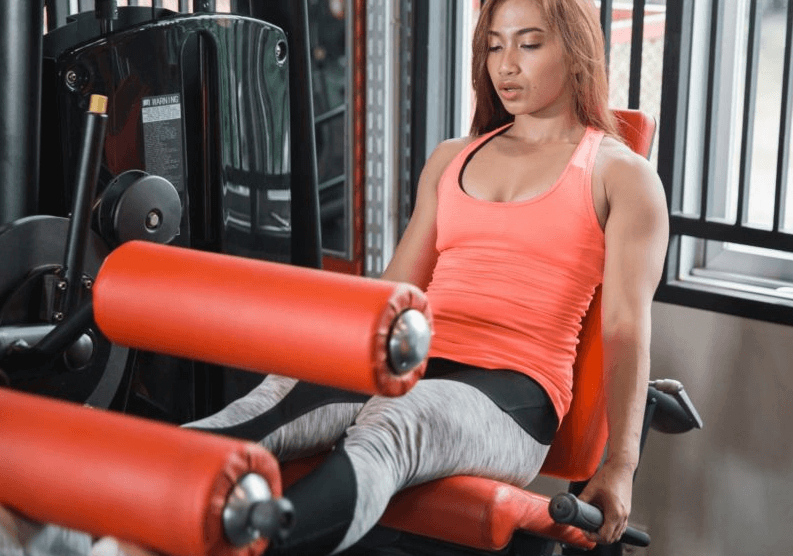
The leg extension is a single-joint exercise that’s not necessarily mass-building for the quads but isolates them.
- Use a repetition range higher (>12) than the typical 8-12.
- Pair leg extension machine workouts with another exercise or do them at the end of a leg workout to wear out the quads.
- Or start your leg training workout by doing leg extensions to failure. This technique isolates and pre-exhausts your quads before doing compound exercises like squats, which involve your glutes and hamstrings.
Incorporate some of the exercises delineated above to build bigger quads. Alternate different technique sthrough out your workouts to help you maintain your quads under tension and increase metabolic stress to get better results.
Developing a good set of quads is not only pleasantly appealing but good for your whole body.
If you find these exercises hard you can start by doing easier exercises like jumping jacks to start activating your body. I’ve been doing 100 jumping jacks a day now and it’s an amazing fun exercise.
Related Readings:
- Different Types of Squat Racks
- How to Measure Fitness Level & Track Your Progress
- Does Exercise Increase Metabolism? – Science Backed Research Says Yes
- Tips & Strategies I Used to Stop Eating Sugar
- Dumbbell-Only Workout Results
